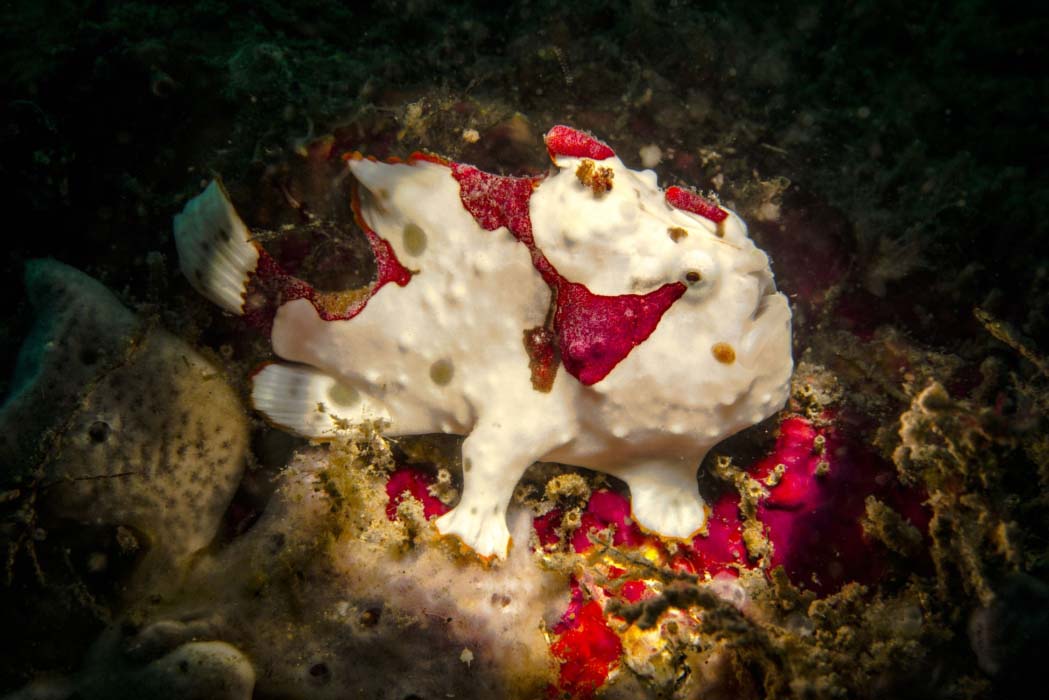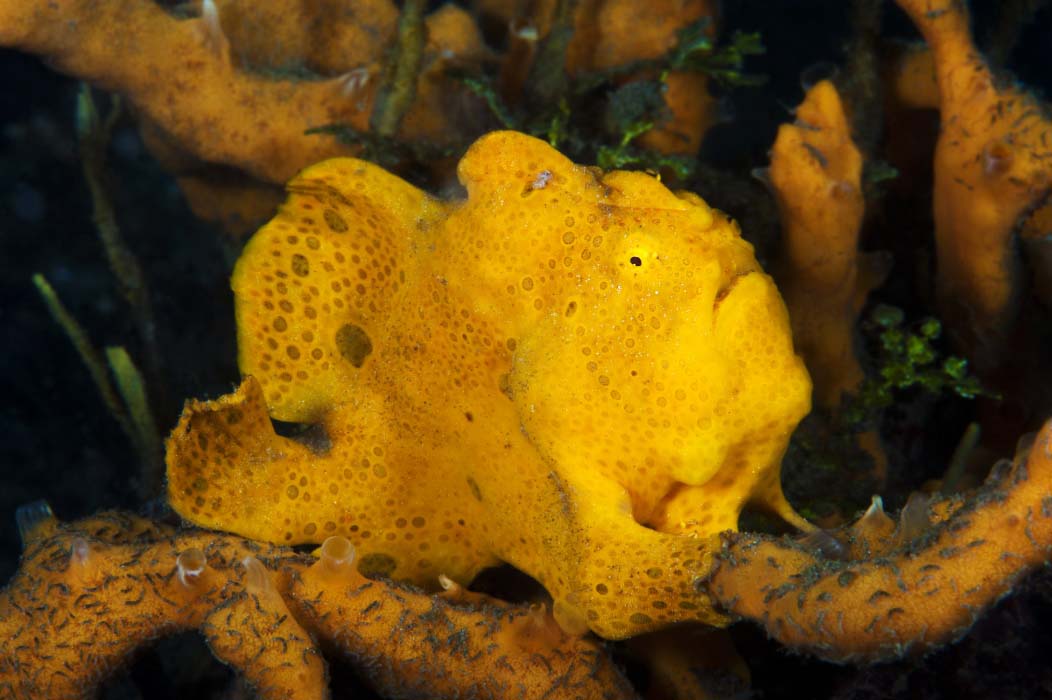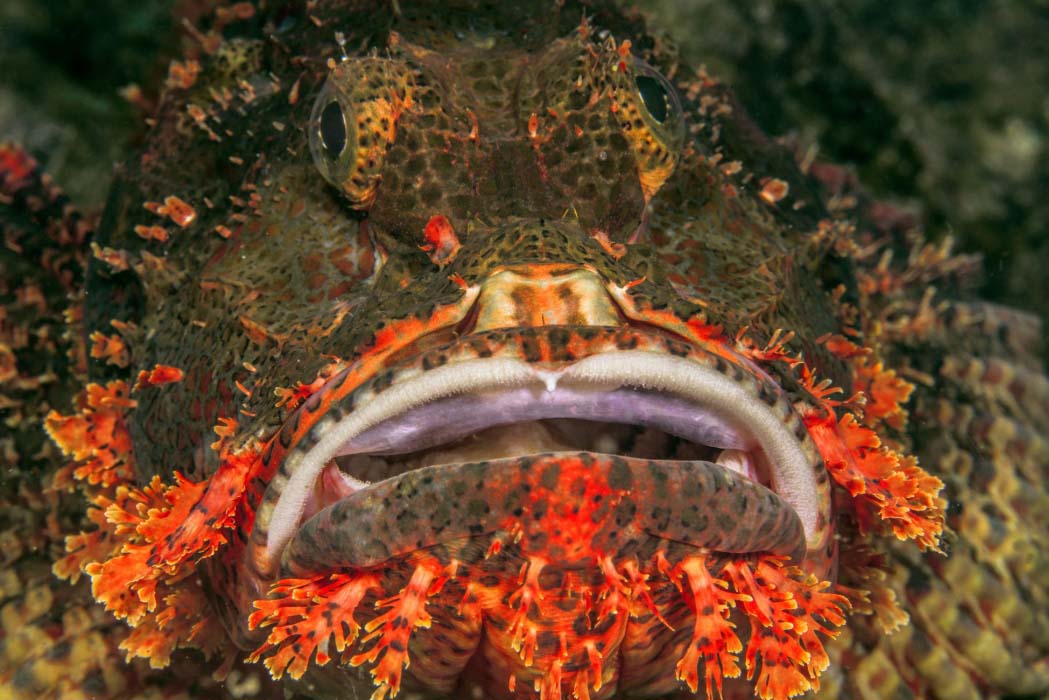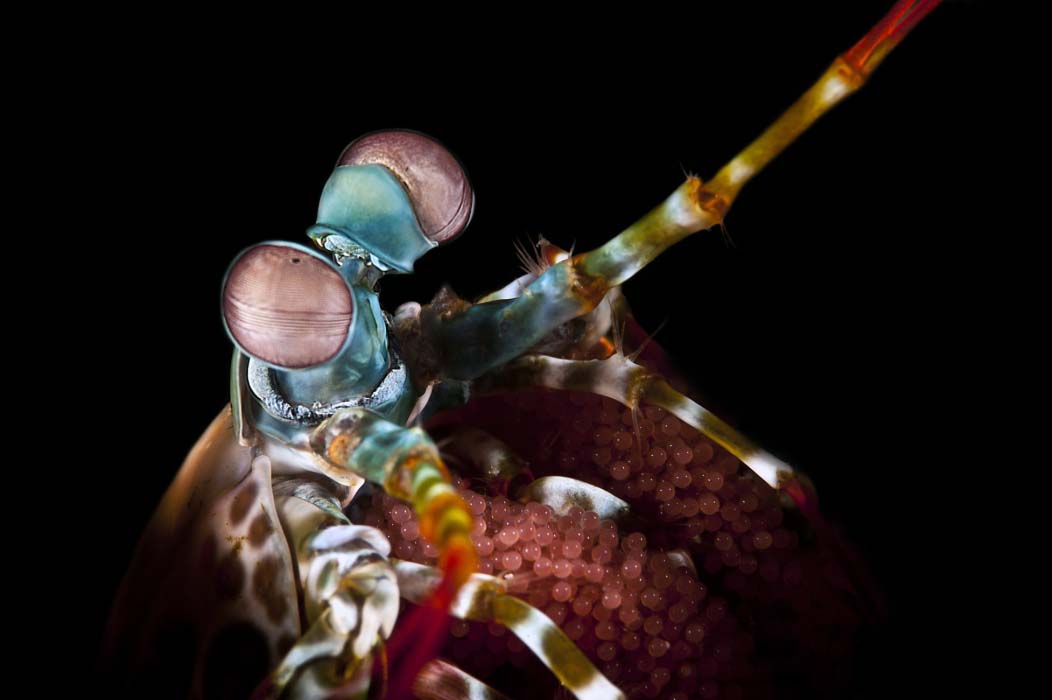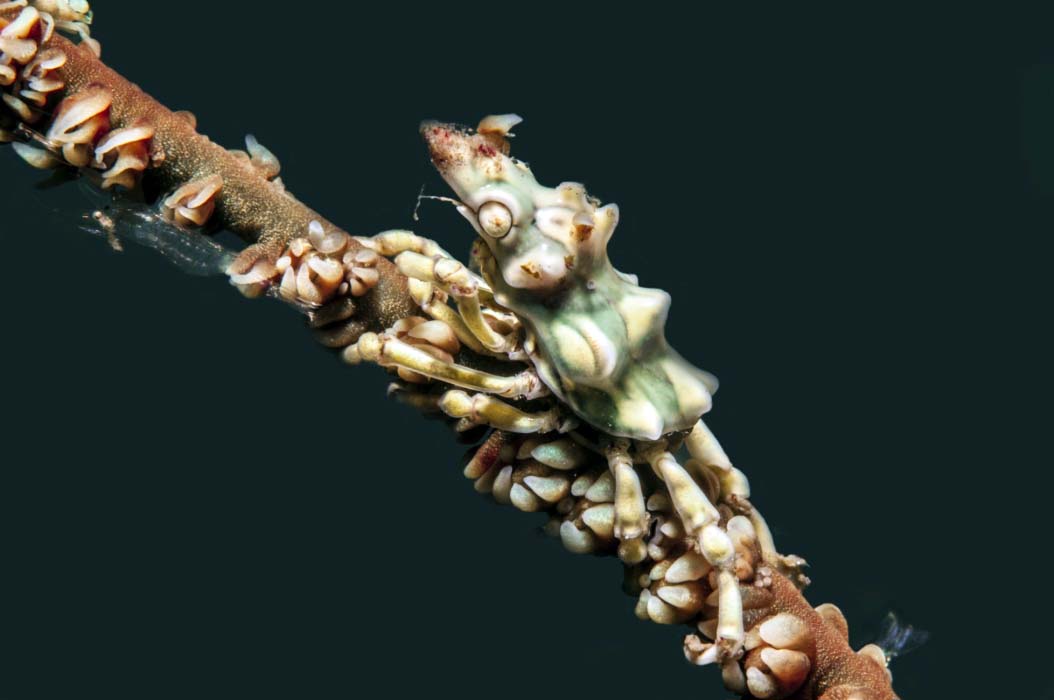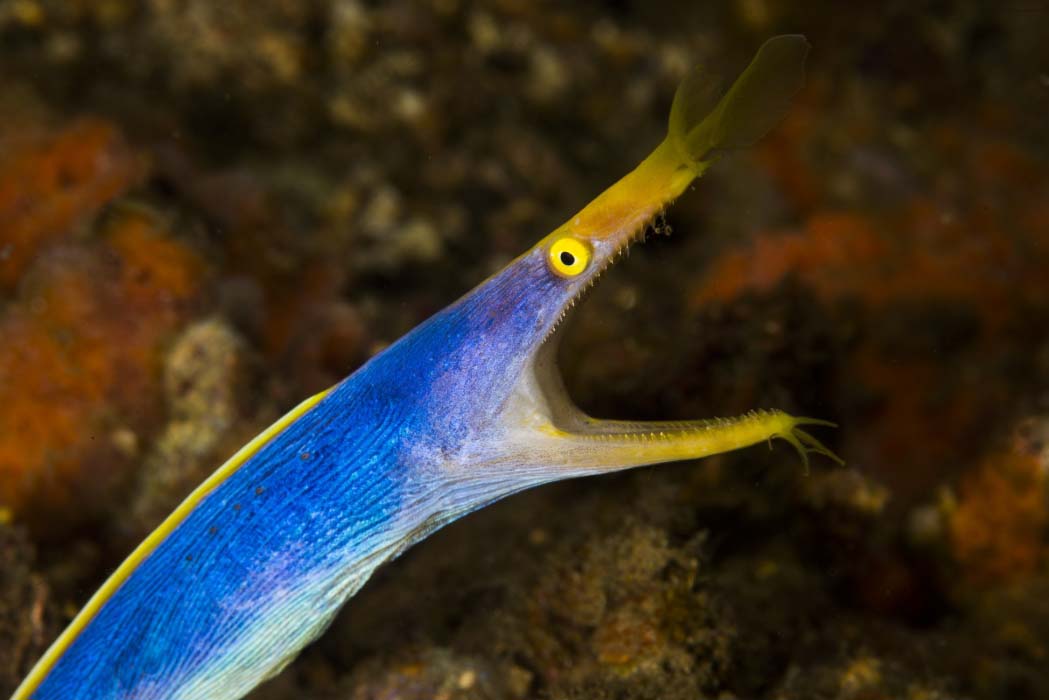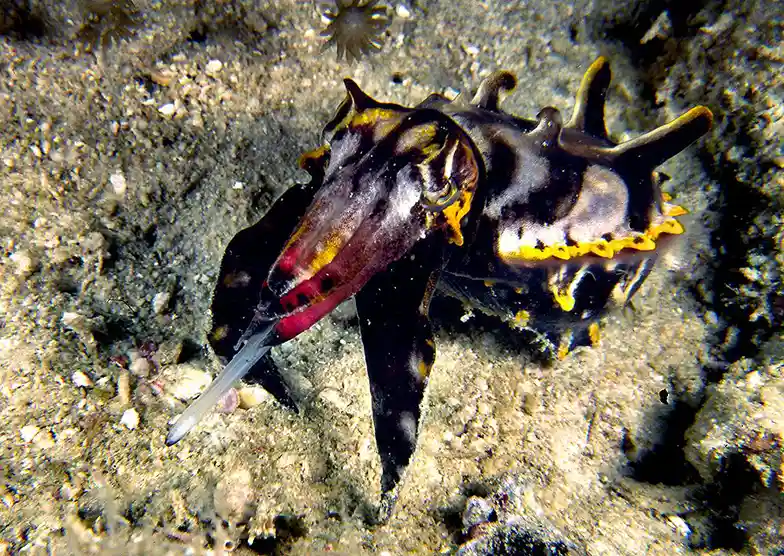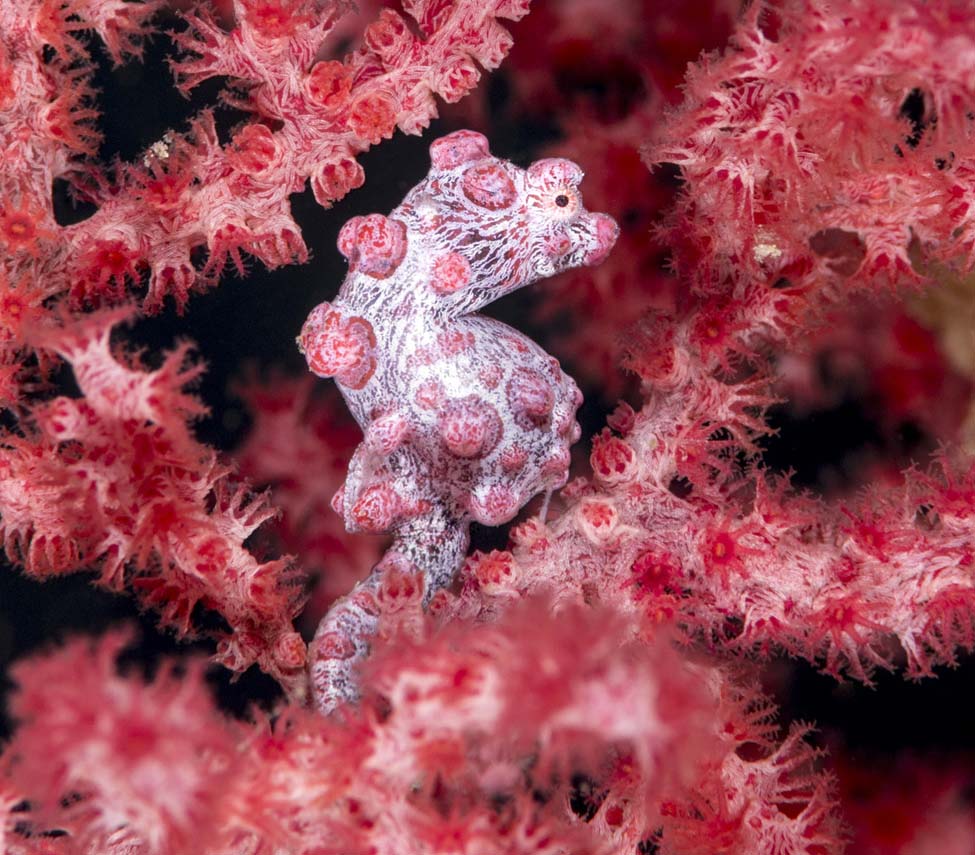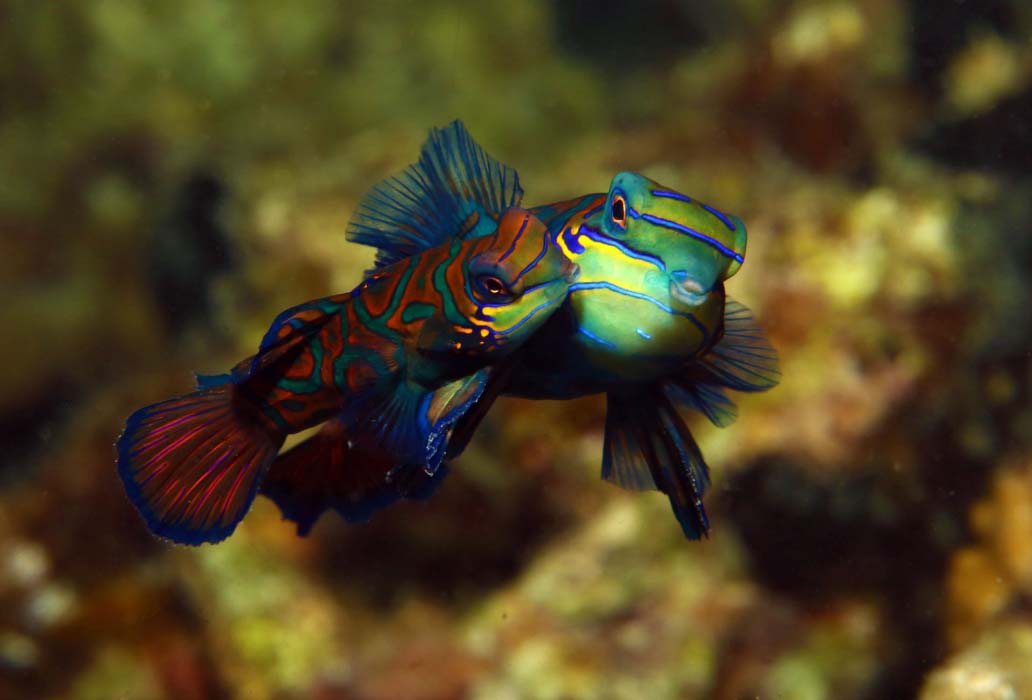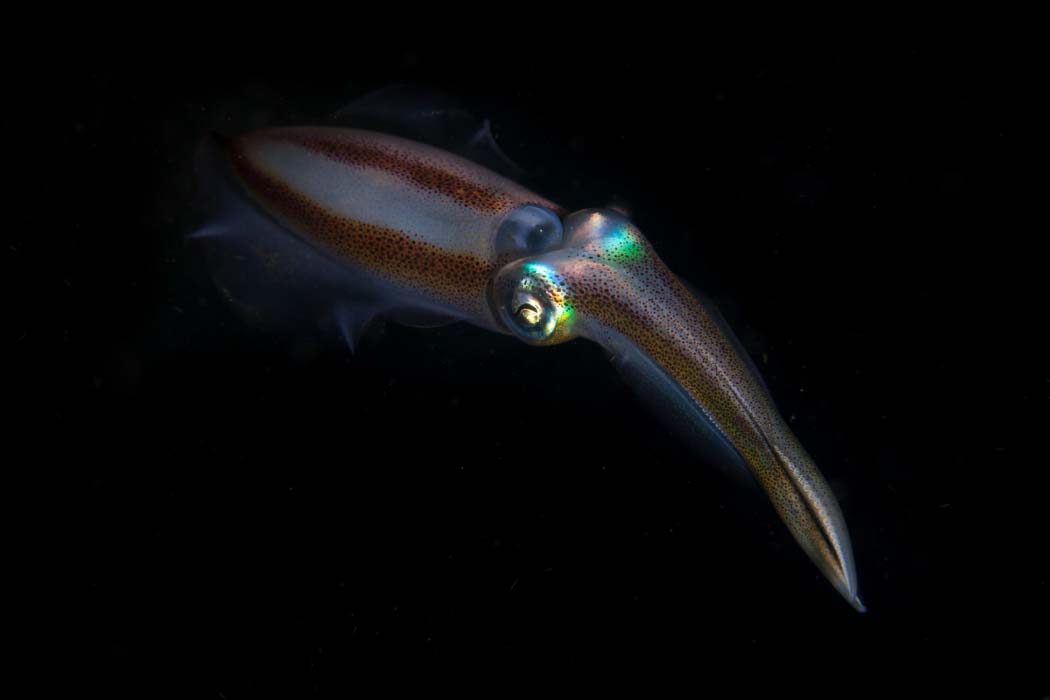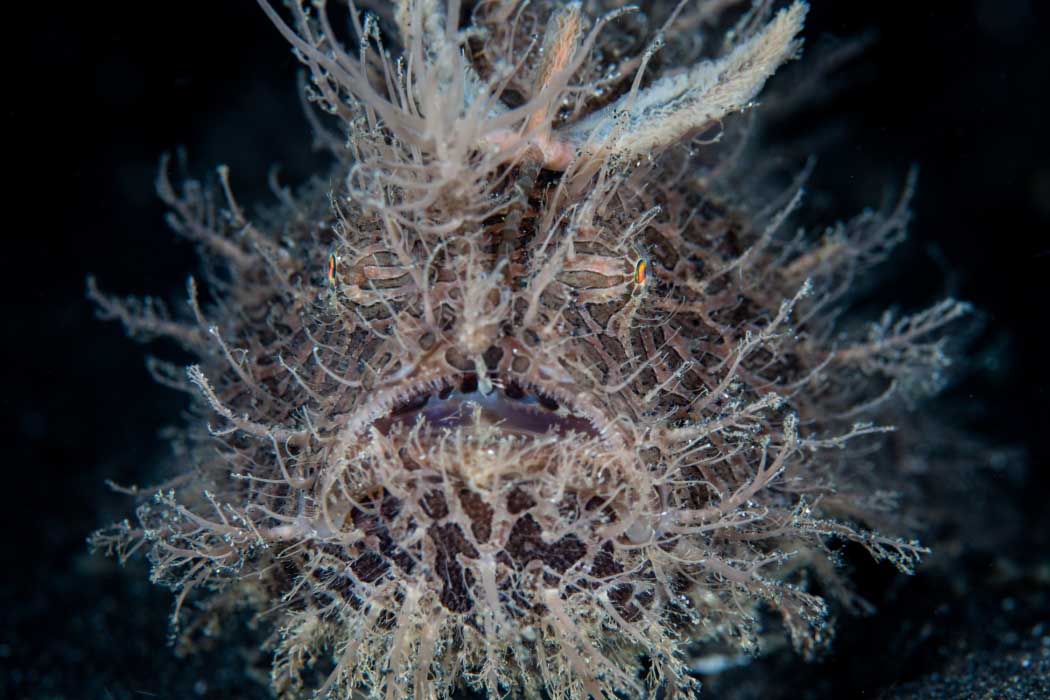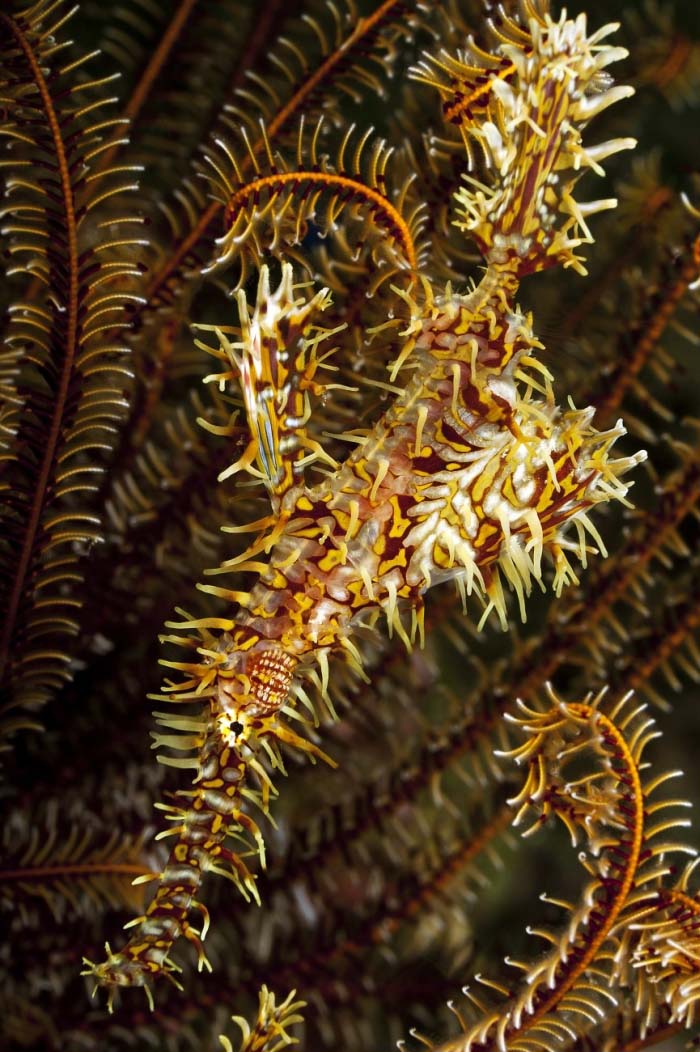Best Critter Diving Destination
Macro Underwater Photographers Paradise!
Mabul island is covered with a smorgasbord of rare and unique macro critters. It's perfect for underwater macro photography.
Flynn
Devon
We loved the numerous ornate ghost pipefish and frogfish. We also saw the mighty (and deadly) blue-ring octopus.
Mathias
Denmark
The sunset dive at Paradise 2 was excellent with mating mandarinfish. Don't miss the crocodilefish under Seaventures.
Yan
Hong Kong
